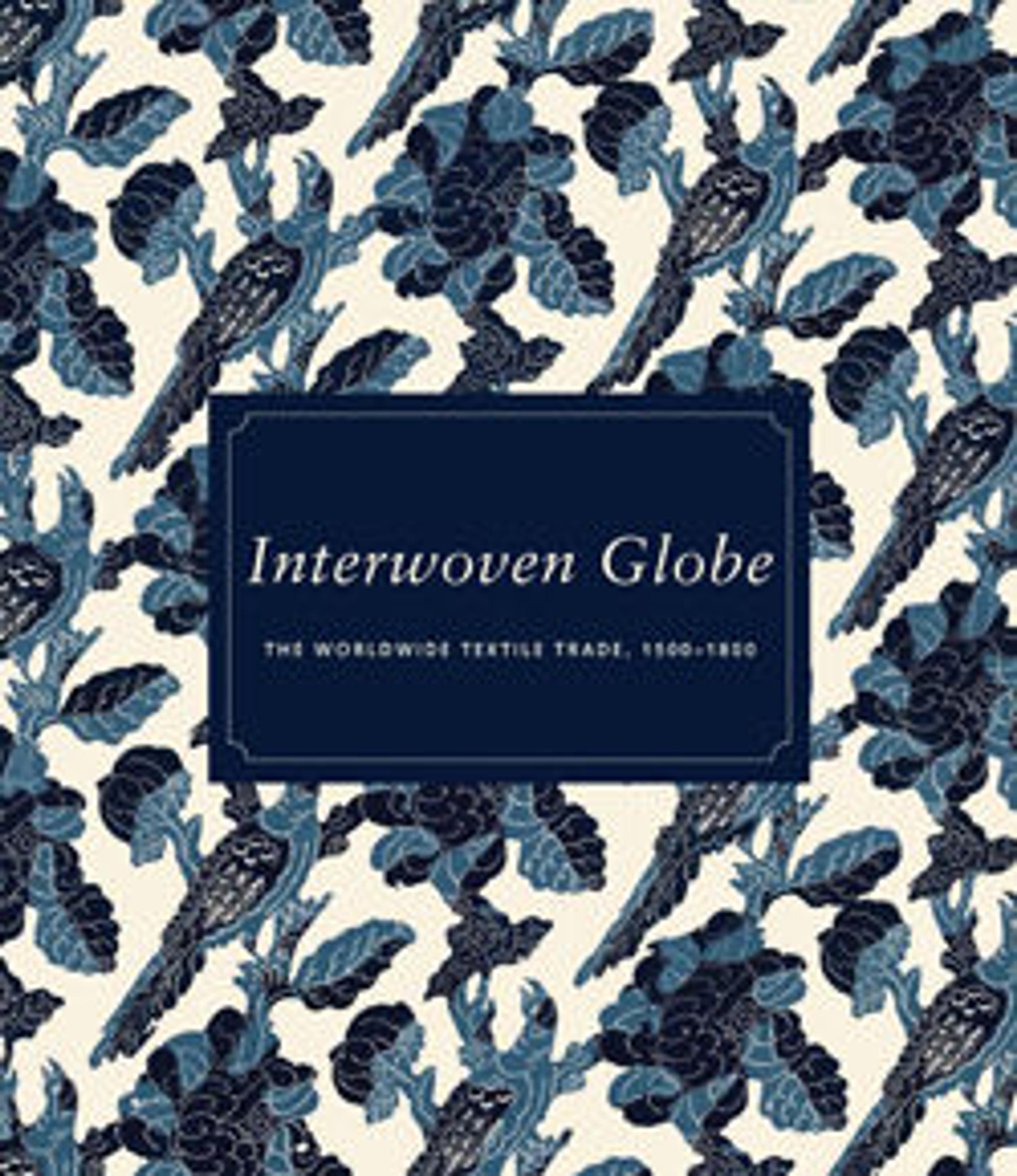Length of cotton "chintz"
Crisp cotton curtains like this brought the brilliant colors of South Asia to upper-middle-class British, Dutch and French homes. Probably imported by the British East India Company, this Indian textile boasts a gloriously bold, decorative design, executed in the type of painted cotton cloth manufacturers in Britain and France tried for decades to emulate in vain. From the 1650s onwards, these "chintzes" (anglicizing chint, Hindi for "speckled") made for the European market were such sought-after commodities that Britain eventually criminalized their import in an attempt to protect local printed-cotton industries. The repeat pattern on this well-preserved example is so neatly and consistently represented that it is startling to realize that it was mostly applied freehand, painted on its white support in brilliant dyes by talented Indian kalamkaris (specialist painters).
Artwork Details
- Title: Length of cotton "chintz"
- Date: first quarter 18th century
- Culture: Indian, Coromandel Coast, for export market
- Medium: Cotton, painted resist and mordant, dyed
- Dimensions: Overall: 153 x 46 in. (388.6 x 116.8 cm)
- Classification: Textiles-Painted and Dyed
- Credit Line: Purchase, Rogers Fund, and Gerald G. Stiebel and Werwaiss Family Charitable Trust Gifts, 2005
- Object Number: 2005.166
- Curatorial Department: European Sculpture and Decorative Arts
More Artwork
Research Resources
The Met provides unparalleled resources for research and welcomes an international community of students and scholars. The Met's Open Access API is where creators and researchers can connect to the The Met collection. Open Access data and public domain images are available for unrestricted commercial and noncommercial use without permission or fee.
To request images under copyright and other restrictions, please use this Image Request form.
Feedback
We continue to research and examine historical and cultural context for objects in The Met collection. If you have comments or questions about this object record, please contact us using the form below. The Museum looks forward to receiving your comments.
